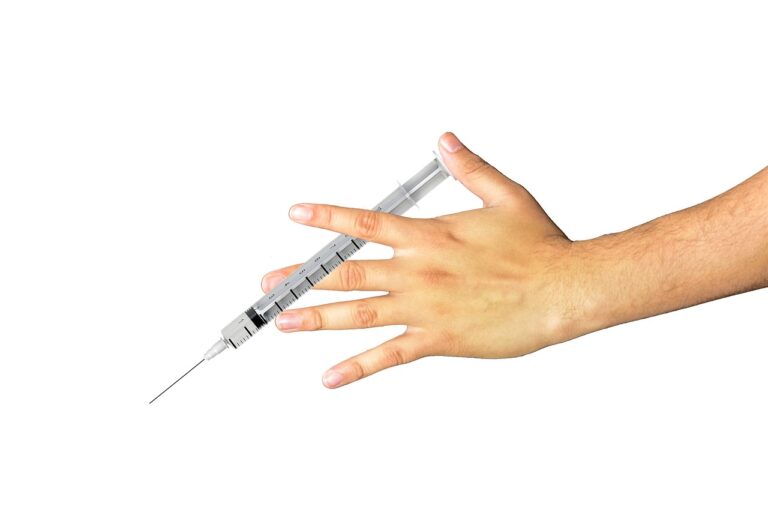 Tropical Storm Danielle formed Sunday afternoon in the far eastern Atlantic, the fourth named storm of the 2010 season, according to the National Hurricane Center.
Tropical Storm Danielle formed Sunday afternoon in the far eastern Atlantic, the fourth named storm of the 2010 season, according to the National Hurricane Center.
Late Sunday, the storm’s sustained winds were 50 mph. It was about 3,000 miles southeast of Miami.
The hurricane center predicted that Danielle will become the Atlantic’s second hurricane of the season by late Tuesday. Its potential effect on the USA is uncertain.
Regardless of what Danielle does, the Atlantic hurricane season, which includes the Gulf of Mexico and Caribbean Sea, is entering the traditional peak period in what is predicted to be a very active year for tropical storms and hurricanes.
“There are signs that the Atlantic is acting like it should in August and September,” says Rick Knabb, a meteorologist and tropical program manager at the Weather Channel. “We’re seeing more activity than we did earlier in the season.”
Danielle could be the start of what AccuWeather hurricane expert Joe Bastardi calls “an upcoming frenzy of storms, days with two or three storms on the chart.”
Knabb says tropical waves are starting to move from Africa into the Atlantic with more regularity. “Tropical waves are the seedlings for the hurricanes that move across the Atlantic,” he says.
In a typical year, about 60-70 tropical waves form off the West African coast, but only a small fraction become hurricanes, reports Dennis Feltgen, a meteorologist for the hurricane center. This is the prime time of year for storms to develop from those waves because of the warm ocean water and absence of strong wind shear that can shred even the strongest hurricane.
Most major hurricanes that have struck the USA have come after mid-August, Knabb says.
Officials in Florida, the most hurricane-prone state in the nation, stress preparedness. “It only takes one storm to cause a loss of lives and devastating property damage,” says Lauren McKeague of the Florida Division of Emergency Management.
Before Sunday, there had been three named storms: Hurricane Alex and tropical storms Bonnie and Colin. Alex lashed the southern Texas and northeastern Mexican coasts in June.
Predictions by the National Oceanic and Atmospheric Administration are for 14 to 20 named storms in the Atlantic, of which eight to 12 would become hurricanes.
In a typical season, 10 tropical storms form, of which six become hurricanes.
AccuWeather says the main reasons for the active season include warm weather along the East Coast, a La Niña trend that is producing weaker winds in the upper atmosphere and warm water temperatures in the tropics.
Meanwhile, in the Pacific Ocean, Tropical Storm Frank is developing off Mexico, the Associated Press reported. The National Hurricane Center said the storm had maximum sustained winds of 60 mph. Mexico issued a tropical storm warning for the coast from Puerto Angel to Tecpan de Galeana.
(Source: USA Today)











One Response
this storm isn’t going to hit the u.s. theyre forcasting a curve through bermuda